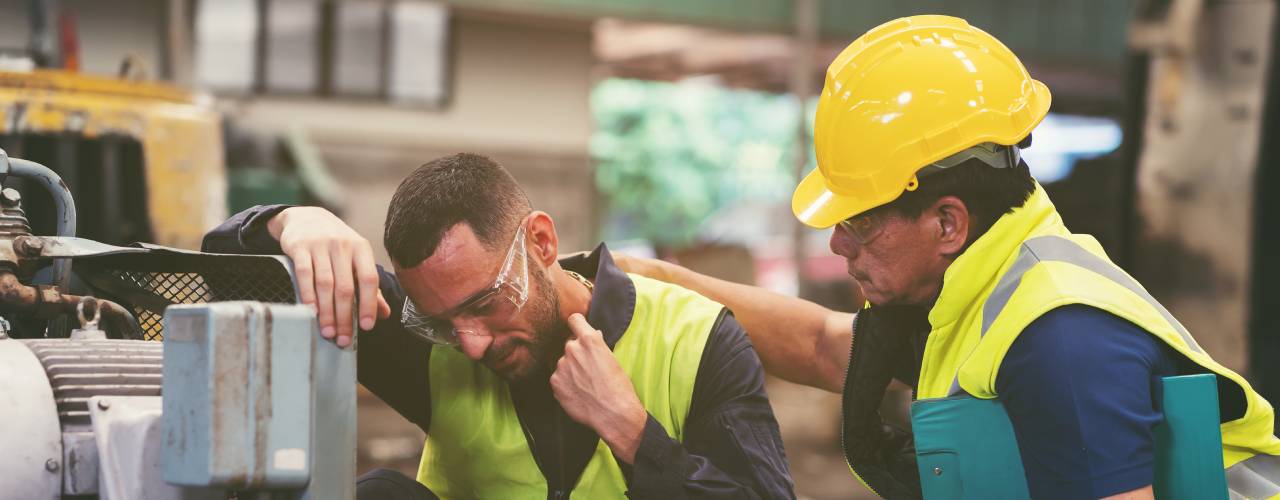Construction sites, brimming with activity and heavy machinery, are inherently dangerous environments where accidents can occur without safety measures in place. Construction crews are undoubtedly an invaluable part of the worksite, and safeguarding their health should be a site manager’s main priority.
If you’re looking for real, actionable strategies to keep your crew in top shape, you’ve come to the right place. In this article, we’ll dive into some different ways to reduce construction site injuries and create a safer workplace.
Install Fall Protection Systems
Falls are among the leading causes of serious injuries and fatalities within the construction industry. Companies should equip their sites with guardrails, safety nets, and personal fall arrest systems to combat this.
However, it’s not enough to simply install these systems and call it a day. Site managers should regularly inspect and maintain them and provide workers with proper training on how to use fall protection equipment correctly.
Use Equipment That Reduces Strain
Work-related musculoskeletal disorders are a common issue for construction workers due to the physical demands of the job. Utilizing equipment designed to reduce strain can play a vital role in preventing these injuries.
For example, if your project often involves heavy lifting and moving of materials, you should consider investing in lifting clamps to reduce fatigue. Similarly, ergonomic tools fit the natural grip and movement of the hands and can reduce the risk of strains and repetitive motion injuries.
Implement Traffic Control Measures
With all the heavy equipment rolling around the site, traffic control measures are crucial for building a safer environment. It’s important to design clear and well-marked pathways that separate pedestrian walkways from vehicle routes and prevent accidents and collisions.
Adequate signage and barriers, such as cones and barricades, guide traffic flow and alert drivers and workers to potential hazards. Additionally, employing flaggers or spotters to manage traffic at busy intersections and during heavy equipment operations can significantly reduce the risk of accidents.
Develop an Emergency Response Plan
Ultimately, no matter how meticulous and attentive you are to reducing construction site injuries, accidents will happen. Having a well-constructed emergency response plan is non-negotiable.
By providing detailed evacuation routes, designating safe assembly points, and maintaining accessible emergency kits, you can ensure workers are ready for any situation. Communication is also critical; workers should know how to quickly alert the appropriate emergency services and site managers. Additionally, regular drills and simulations can help workers become familiar with the plan, ensuring they know exactly what to do when an actual emergency arises.
At the end of the day, prioritizing safety on a construction site isn’t just about complying with regulations. It should ultimately be a moral obligation as it’s a cornerstone in saving lives. Through continuous improvement in safety practices, the construction industry can move toward a future with fewer accidents and a healthier workforce.





